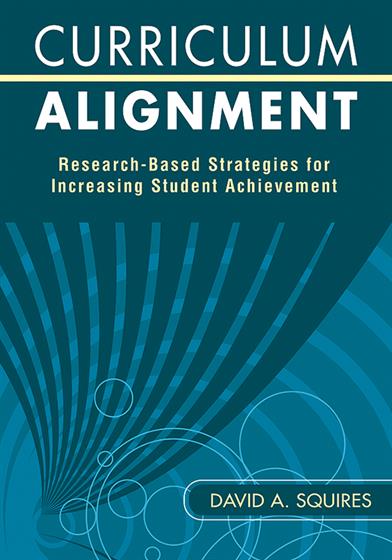Preface
List of Figures and Tables
Acknowledgments
About the Author
Part I. Alignment and Instruction, Textbooks, and Standardized Tests
1. Introduction to Curriculum Alignment
What is Alignment?
Alignment Problems
The Alignment Matrix
2. Alignment and Instruction
Introduction
The "Reform Up Close" Study and Alignment Dimensions
Instructional Alignment and Professional Development
Three Smaller Studies of Instructional Alignment
What Districts Can Do
3. Alignment and Textbooks
Introduction
Textbook to Test Alignment
Summary of Findings for Studies of Textbook to Test Alignment
Quality of Textbook Instruction
Modifying the Use of Textbooks to Improve Alignment
Summary of Findings for Textbook Alignment
What Districts Can Do
4. Alignment and Standardized Tests
Introduction
Marzano's Standards Compilation
The Webb Studies:Aligning State Standards, Assessments, and Policies
Webb's WAT Web Site
The Browder Study: Alignment in Special Education
Vertical Alignment
Science Inquiry and Alignment to Three Large-Scale Assessments
The Bowe and Kingsbury Study
The National Center for Educational Statistics Study (2007): Cut Scores for State Tests and the NAEP
Backloanding the Curriculum
Summary of Findings for Studies of Alignment of State Tests
What Districts Can Do
Part II. Alignment and Mastery Learning, Project 2061, and TIMSS
5. Alignment, Reteaching, and Mastery Learning
A Personal Ntoe
Introduction
Bloom's Theory of School Learning
Cohen: Instructional Alignment
The Wishnick Study
Summary of Findings for Studies of Mastery Learning
What Districts Can Do
6. Ideas From Project 2061 of the American Association for the Advancement of Science
Introduction
Project 2061
Summary of Findings for Project 2061
What Districts Can Do
7. Alignment and the TIMSS Analysis
Introduction
The TIMSS Methodology
Curriculum and Student Acheivement
What Districts Can Do
Part III. The Aligned Curriculum
8. Criteria for a Useful and Useable Curriculum Incorporating Alignment
Introduction
The Many Meaning of Curriculum
The Common Definition of Curriculum
Our Definition of Curriculum
Criteria for a Useful and Useable Curriculum
9. Addressing Alignment Through a Curriculum Design: The Balanced Curriculum Model
Introduction
Results from School Districts
The Balanced Curriculum Model
Is the Balanced Curriculum Useful and Useable?
What Districts Can Do- A Conclusion
10. How the Balanced Curriculum Meets This Book's Recommendations for Districts
11. Summary of Alignment Research and Recommendations
Introduction
Summary of the Book
Summary of the Book's Chapters
The Reasearch Posted on the Alignment Matrix
Major Findings From the Alignment Research
Resource A: 10 Criteria for Structuring a Useful and Useable Curriculum
References
Index




